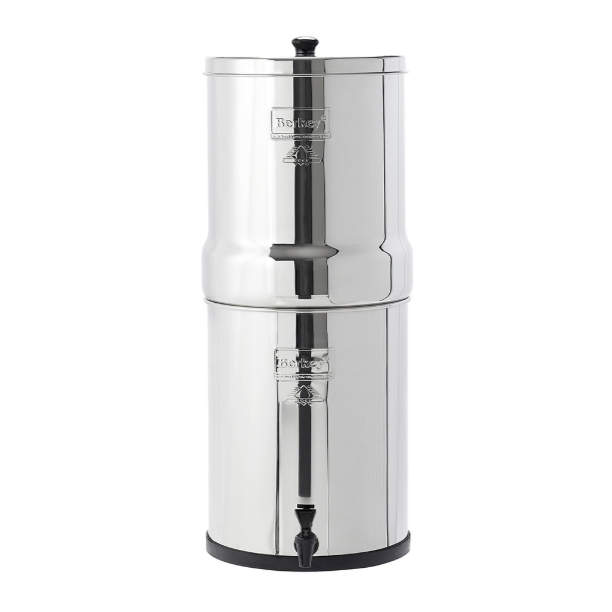WHY PURIFY YOUR WATER?
Contamination with lead, a metal harmful to health, via old pipes. Appearance of rust. Use of aluminum to treat water, a metal believed to promote the onset of Alzheimer's disease. Recurring scandals linked to nitrates and pesticides. Little-known threats such as radon, a radioactive gas. Microplastics invading our environment. And new fears about the use of drugs and endocrine disruptors. There's a lot of doubt surrounding the water in our taps today, even from the best sources.





